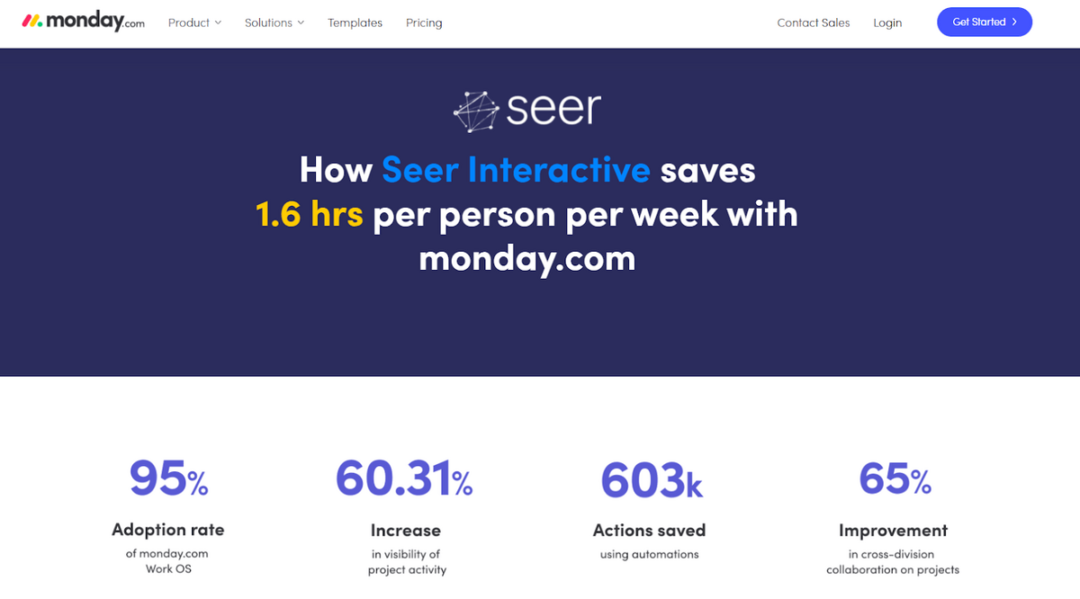Your guide to process automation (in plain English)
Blog: Monday Project Management Blog
You might wonder — what’s the big deal with process automation?
Well, the average office worker spends over 3 hours per day on tasks that you could easily automate.
If we go by a normal 8-hour workday, that means your employees are wasting almost half of the time they spend at work.
If you could help them automate and streamline these tasks, imagine how much extra productivity you could get from your staff.
In this article, we’ll break down process automation — what it means and its benefits. And, we’ll explain how to set it up with accessible tools.
What is business process automation (BPA)?
Business process automation (BPA) is a discipline where you use technology to automate repeatable menial tasks and processes.
When hearing the word automation, most people think of actual robots — like the burger-flipping one recently introduced in fast-food restaurants.
But there are a lot of business processes you can automate with software tools, like accounting, onboarding, and data processing.
This type of digital process automation is a lot cheaper and more relevant to most companies. It speeds up your projects and helps free up your employees’ time to work on a more important task.
If you’re new to process automation, you may be confused by 2 different terms — business process automation and robotic process automation.
Though they sound similar, there’s a nuance in the meaning and usage of these terms.
What is the difference between business process automation (BPA) and robotic process automation (RPA)?
Business process automation is the term for the overall process of automating different workflows in your business, while RPA refers to specific digital tools — often called bots — that can automate a specific business task.
For example, there are specific RPA bots that can automate the generation of certain financial reports.
An RPA bot is a cloud-hosted software robot that can handle a certain amount of work. For example, it may be able to scan and register data from 10,000 invoices per day.
An RPA tool is useful in any industry and use case where you need to handle a lot of raw data. Manual data entry and categorization is a time-consuming process, and there’s a high risk of human error.
Having high-paid employees work on such tasks when you no longer have to is a waste of payroll.
Why is process automation important?
Process automation is crucial because it helps free up your staff to work on things that actually drive revenue. With every basic repetitive task automated, you can get the extra productivity of several additional staff members without making any new hires.
For most companies, payroll is the single biggest expense. So the ability to get more actual work done without having to hire more people is a huge benefit of automation.
For example, by standardizing workflows and automating menial tasks with monday.com, Seer Interactive saved over 603,000 actions and an average of 1.6 hours per person per week.

For larger teams, that’s the equivalent of hiring multiple people, except the costs are much lower. And remember, this isn’t a large-scale machine learning project. Seer Interactive just created a smart digital workspace with monday.com.
Plus, not having to focus on small clerical tasks that feel meaningless can also reduce stress and boost employee engagement.
Process automation lets your employees focus on work that actually matters. It’s more fulfilling for your employees and better for your bottom line. It’s a requisite for efficient business management in today’s world.
When to use and not to use process automation
Although the benefits of automation are powerful, and every company can benefit from using it in some way, you shouldn’t try to automate everything.
It’s possible to completely automate tasks in ways that won’t deliver a satisfying result. Ever tried reading the automated YouTube closed captions? The second someone has an accent, the text reads like some AI-generated short story rather than a video’s subtitles.
You shouldn’t use process automation to completely generate a final product that you share with your customers.
Below, we cover appropriate use cases for automation and when sticking to the human touch is the best idea.
When to use it:
In general, process automation is best applied to tasks with a small amount of risk for errors that can directly impact the customer experience.
You should use process automation to:
- Automate small clerical processes, like alerting someone when a milestone is done or overdue.
- Collect, integrate, process, analyze, and visualize data.
- Help customers reach the right agent/department or find answers to common questions.
- Complete low-level business tasks like creating and sending invoices where there’s no risk of errors through automation.
When not to use it:
You don’t want an automated process for complex tasks that require creativity and thinking on your feet.
Don’t try to use process automation to:
- Replace all customer interactions with automated self-service. A chatbot should be a venue for human assistance, not the only option. Make sure you set it to offer contact options when it receives a question it doesn’t understand, so customers don’t get stuck in a loop.
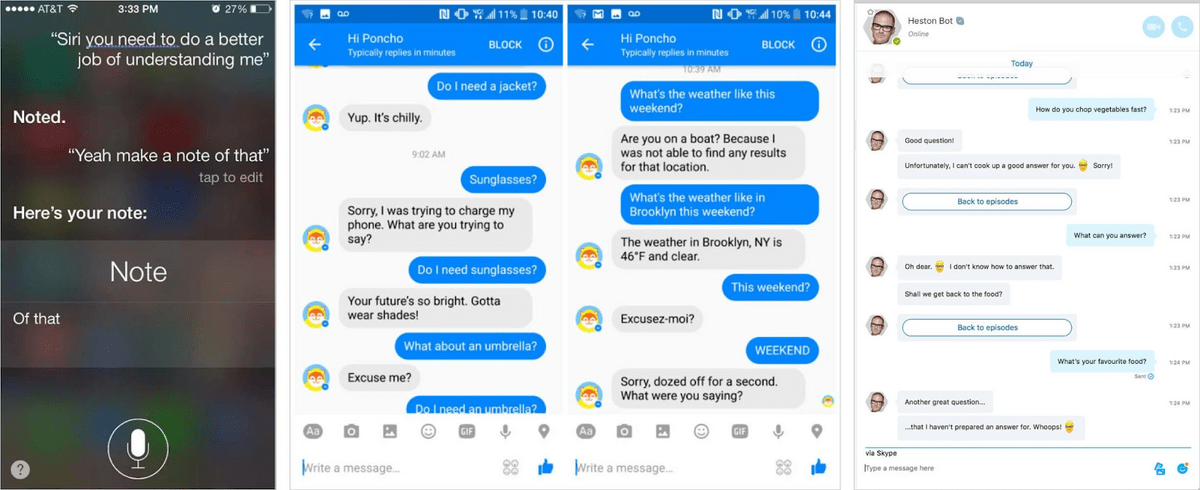
- Perform uncommon processes that only happen once every blue moon.
- Complete complex processes that need a human touch. For example, you shouldn’t try to automate copywriting. Even though there are AIs — notably GPT-3 — that can produce legible text, they don’t have the experience to know which selling points of your product resonate the most with your target audience.
Understanding when to use it and when not to is a crucial part of an intelligent process automation strategy.
Low-hanging fruit: easily automatable processes in different departments
Instead of focusing on million-dollar robotics automation projects for manufacturing, let’s first focus on the low-hanging fruit — manual tasks that you can automate quickly and easily.
Marketing
In marketing, there are a lot of low-level processes that you can automate to save time.
- Generate real-time campaign dashboards and reports. Whether you’re in an internal marketing department or working in an agency, weekly, monthly, or even daily reports are often par for the course. Using tools to automate data collation is a great way to free up time for your marketing staff to work on more important tasks.
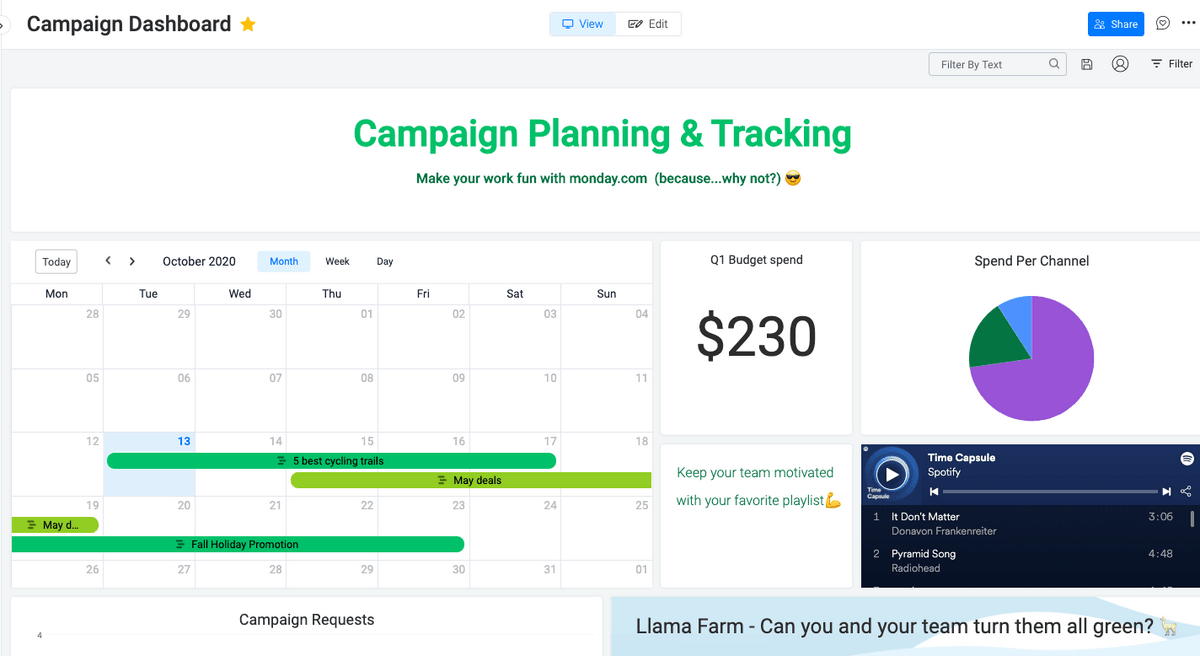
You can also use automation to get personal with your potential customers at scale, something that was previously not viable.
- Personalize web content based on previous interactions and other factors. For example, you can show different images and headlines to someone who searched for a wedding venue and a corporate event venue.
- Automate email and SMS messaging at scale. Instead of a manual process for sending messages to leads, you can set up automated notifications based on a lead’s interactions on your website, for example.
Customer support
In customer support, you can also automate certain processes for a better customer experience.
- Collate messages and requests from multiple channels — email, social media, etc. — into a single dashboard. You don’t want your support reps to spend all their time jumping back and forth between platforms.
- Make sure the right person gets the right request. You can set up categories or even use an AI-powered search that looks for certain keywords within the message itself.
- Alert support reps when requests from VIP clients with a priority SLA come in. This process is crucial if you want to retain enterprise clients for the long term.
Sales
In sales, there is also a lot of room for workflow automation and optimization. A typical salesperson spends a lot of time setting meetings, preparing proposals, and completing other tasks that you can — at least partially — automate.
- Schedule meetings and appointments. Your sales staff shouldn’t be spending hours every day on back and forths trying to set sales meetings and other appointments. You can now use automated tools that let leads pick their preferred time for the salesperson’s open time blocks.
- Generate branded proposals — from a template. Of course, the salesperson must make the final touches, but being able to select which case studies to highlight and from a menu of benefits can save a lot of time.
- Send automated follow-ups to prospects that don’t respond the first time. Follow-up messages can also be automated, whether through SMS or email.
The less time your sales team spends on non-essential tasks, the more time they can spend on actually selling your products.
Human resources (HR)
In HR, there’s also plenty of room for automation to lend a helping hand.
- Onboard and train employees with a standardized checklist and automated workflow. You can create an automated employee onboarding program, in addition to in-person training and mentorship to help new members hit the ground running.
- Manage performance with real-time dashboards. Instead of tense performance meetings, you can measure employee productivity using, for example, a project management platform.
- Manage and distribute talent efficiently between teams. With access to a dashboard that shows every staff member’s commitments, you can easily distribute crucial talent to different teams.
Start streamlining and automating workflows with monday.com
Are you ready to create a more efficient company using automation? monday.com makes it easy to get started, even if you can’t afford machine learning experts and data scientists.
Create automations in plain English with monday.com’s automation builder — no coding required
Our automation builder lets you create automations in plain English. You don’t need any coding knowledge or experience to understand it.
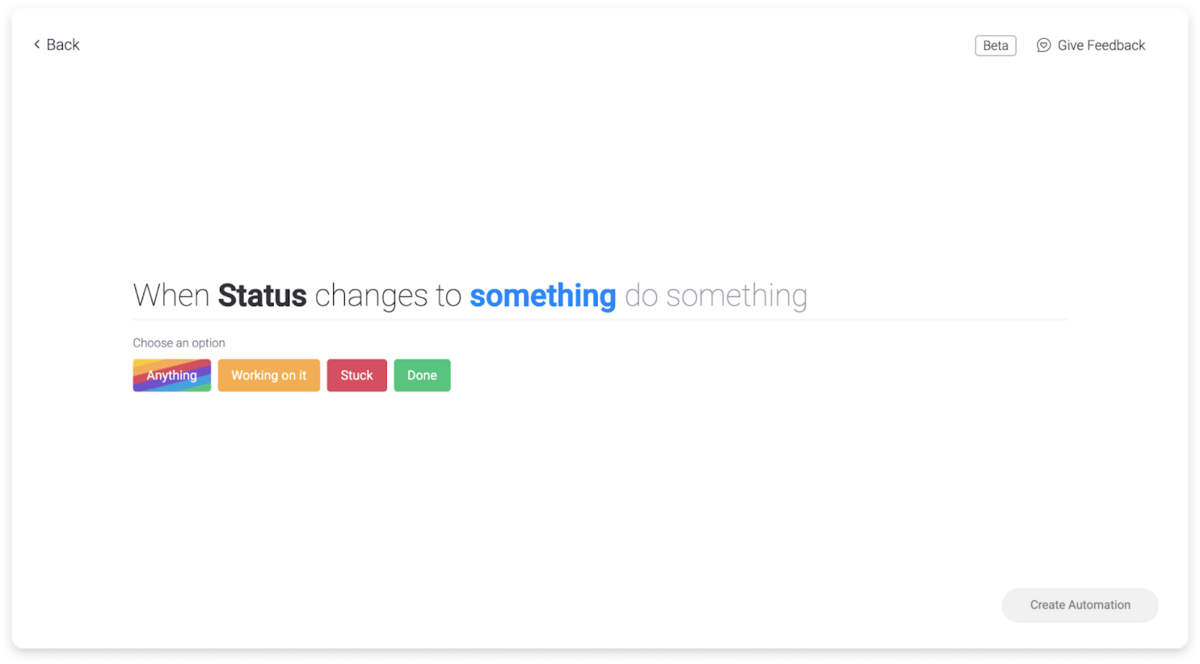
You can easily set up things like automated notifications and assignments based on status changes, due dates, and more.
You can also synchronize data between different boards, such as a team board and a high-level project overview.
That way, managers and executives will have a real-time overview of project status without having to make any calls.
But our workflow automation isn’t only limited to data from our own platform.
Integrate data from other platforms and collate data into real-time dashboards
To eliminate app-hopping as a necessary evil, you can integrate third-party apps with monday.com.
For example, you can automatically create new work items based on incoming emails, Slack messages, or Zendesk queries.
You can also synchronize data from Facebook Ads and other marketing platforms to create a real-time overview of your campaign performance.
Create a coherent digital workspace to make it easier for your team to get things done.
Standardize workflows and manage information in a smarter way
Employees spend more than 25% of their time searching for the information they need to do their jobs.
The most common issues are locating and sharing the right documents and finding data on recent sales.
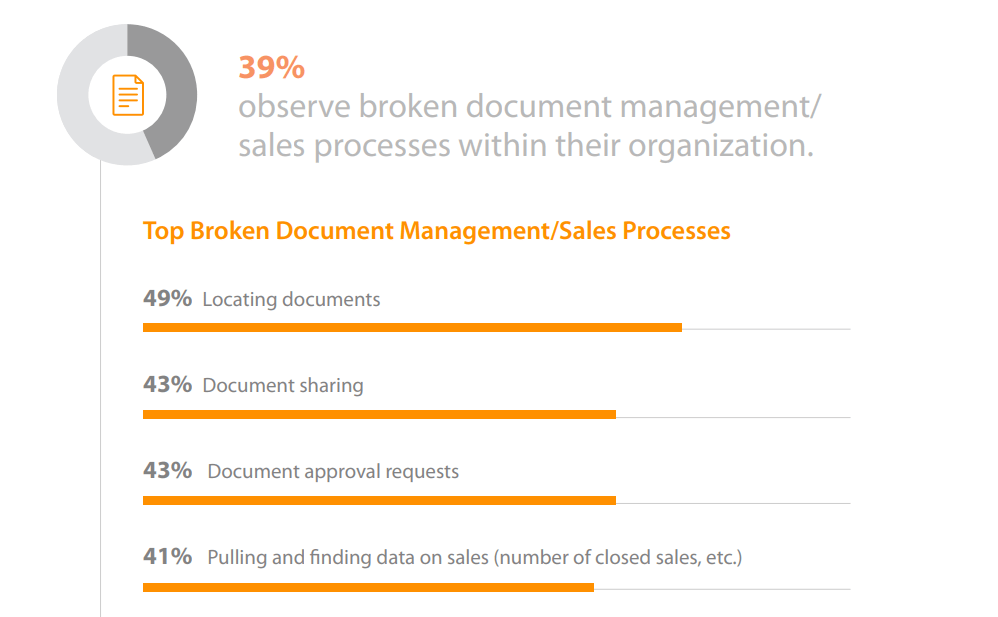
With monday.com, you can add all of the relevant documents directly to related work items and projects. You can upload them directly or use our Google Drive or OneDrive integrations.
Instead of having to search for documents and how-to information every time you tackle a task, you’ll have it at your fingertips.
Ready to start automating without a million-dollar budget?
Hopefully, you now understand the benefits of automation and how and where you can effectively apply it in your business.
If you’re ready to set up smarter workflows, make life easier for your employees, and get more done as a company, try monday.com’s workflow management software today.
With our powerful automation builder, you can automate many of the recurring activities in your day-to-day workflow.
The post Your guide to process automation (in plain English) appeared first on monday.com Blog.
Leave a Comment
You must be logged in to post a comment.
